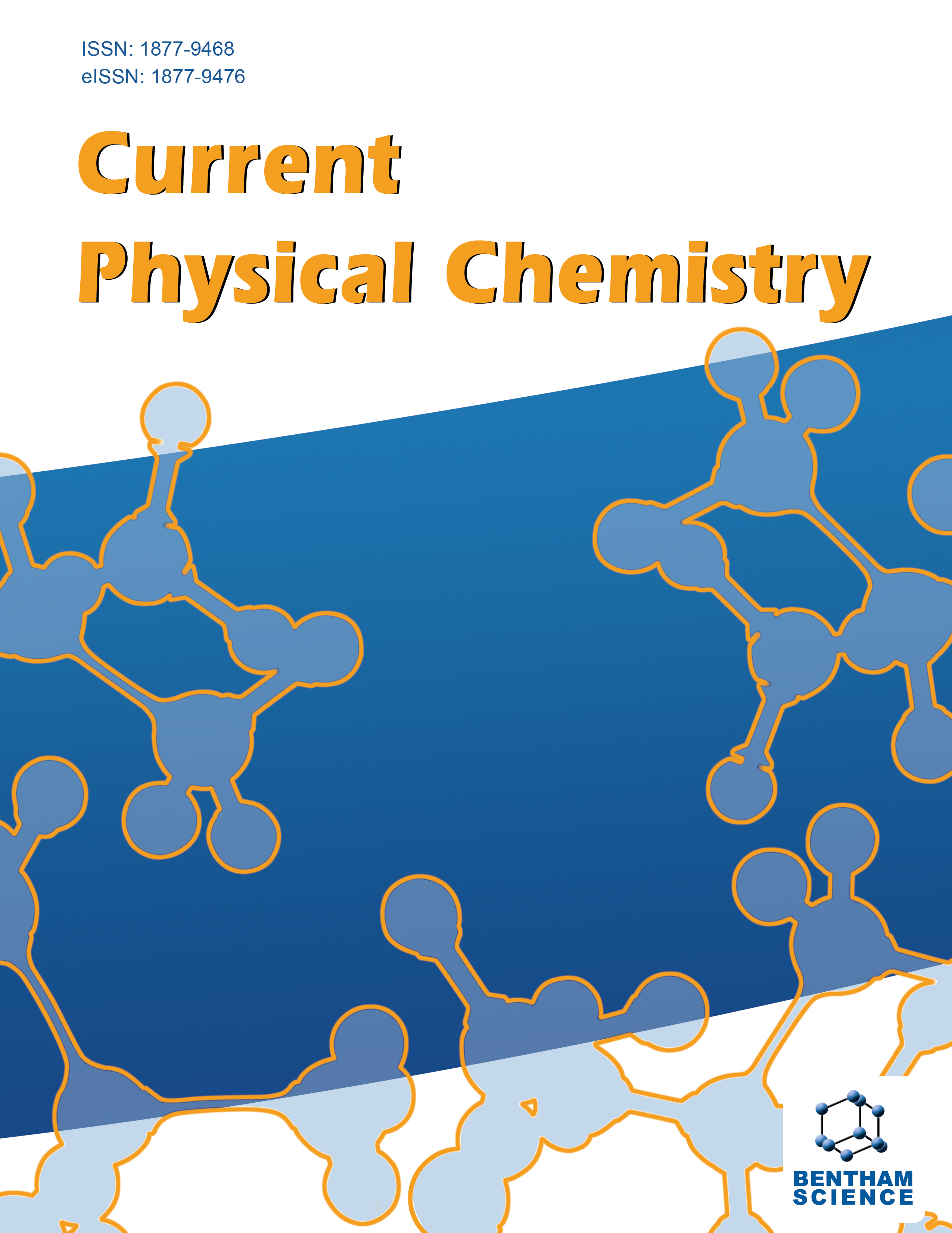- Home
- A-Z Publications
- Current Physical Chemistry
- Previous Issues
- Volume 14, Issue 1, 2024
Current Physical Chemistry - Volume 14, Issue 1, 2024
Volume 14, Issue 1, 2024
-
-
Drug Polymorphism: An Important Pre-formulation Tool in the Formulation Development of a Dosage Form
More LessAuthors: Prateek Singh, Shaweta Sharma, Pramod K. Sharma and Aftab AlamPolymorphism permits solids to have two or multiple crystal structures with varying orientations or conformations, and polymorph drug dissolution and solubility vary. Polymorphism influences drug efficacy, bioavailability and toxicity. Various parameters can regulate polymorph crystallization, including supersaturation phase, temperature, stirring rate, solvent addition rate, seed crystal, additives and pH. To characterize and mo Read More
-
-
-
Effect of Laterally Substituted Methoxy Group on the Liquid Crystalline Behavior of Novel Ester Molecules
More LessAuthors: Neha K. Baku, Jwalant J. Travadi and Kartik D. LadvaBackground: The aim of this research is to study the effect of length-to-width ratio on mesomorphism to enhance the understanding of its potential applications. This will be achieved by synthesizing a unique and innovative series of identical ester molecules, including lateral methoxy groups and terminal ethyl benzoate groups. In this research, we aim to find new insights into the relationship between molecular structures and me Read More
-
-
-
Physicochemical Properties of Cetrimonium Bromide in Electrolytes and Nonelectrolyte Environments
More LessAuthors: Riddhi H. Joshi, Nikunj N. Dave and Tejas P. JoshiBackground: The physicochemical properties, including the thermodynamics of micellization studies, received much attention. Cationic surfactant cetrimonium bromide (C16TABr) in electrolytes (sodium chloride and sodium salicylate) and nonelectrolyte (Ethylene glycol) in an aqueous solution were examined, and interesting results were obtained. The present investigation aims to identify a suitable combination of cationic surfa Read More
-
-
-
Doping Induced Optical Band Gap Modification of Potassium Dihydrogen Phosphate
More LessAim: Potassium dihydrogen phosphate (KDP) is an excellent nonlinear optical material that has many potential applications, such as laser frequency conversion, Qswitches, Pockels cells, 3-D optical data storage devices, etc. Doping enhances various optical parameters of KDP. Doping changes in the absorbance and dopants such as aspartic acid, succinic acid, glycine, and L-alanine improved the optical band gap of the sample. Ba Read More
-
-
-
Thermodynamic Properties of Pyridine Based 1,3,4-Oxadiazole Scaffolds
More LessAuthors: Dinesh Godhani, Anwar Saiyad, Umang Mehta, Kuldip Parmar and Jignasu MehtaBackground: The present work describes the synthesis, characterization, and thermo-acoustical parameters of binary solutions of 1-(2-(4-fluorophenyl)-5-(pyridin-4-yl)- 1,3,4-oxadiazol-3(2H)-yl)-3-(pyridin-2-yl)prop-2-en-1-one, (AS1-08) and 1-(2-(4- methoxyphenyl)-5-(pyridin-4-yl)-1,3,4-oxadiazol-3(2H)-yl)-3-(pyridin-2-yl)prop-2-en-1- one, (AS1-12) in dimethyl sulfoxide (DMSO) and N, N-dimethylformamide (DMF) were esti Read More
-
-
-
Residual Moisture Determination in Lyophilized Drug Product Samples Using FT-NIR: A Comparison of Data Processing Methods
More LessAuthors: R. Burtea, T. Upton, G.M. Jensen, S. Kim and K.J. JalkanenIntroduction: Remdesivir for injection is a Gilead Sciences manufactured drug product approved by the FDA to treat COVID-19. One of the critical attributes of this drug product, which is lyophilized, is its water moisture content. The current method used to determine the water content of remdesivir is the Karl Fischer titration method. The Karl Fischer method is considered the gold standard for determining the residual wat Read More
-
Most Read This Month
Article
content/journals/cpc
Journal
10
5
false
en


